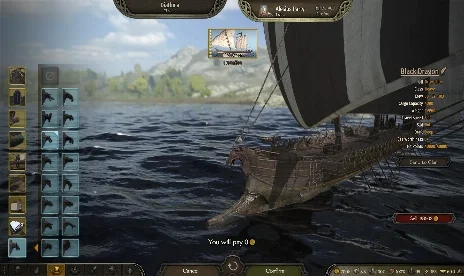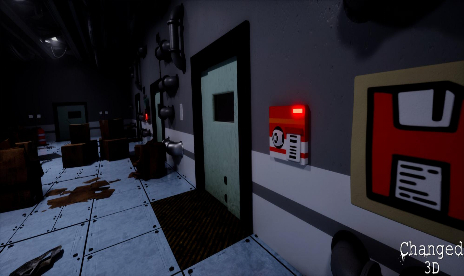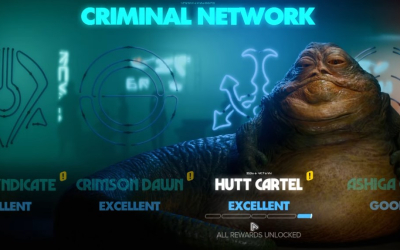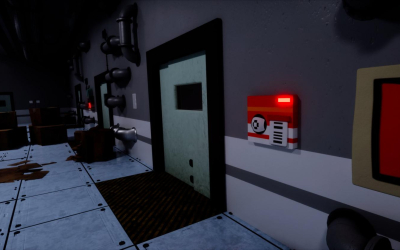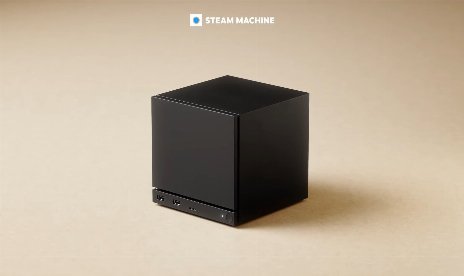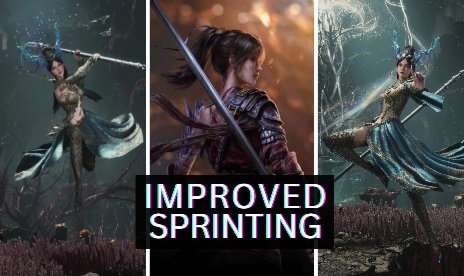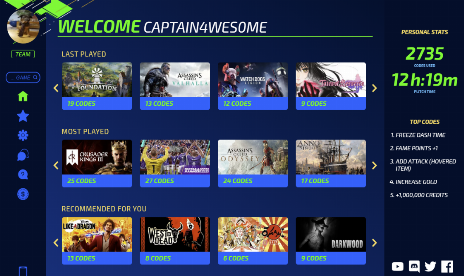AMD may add ray tracing support to Navi in 2020
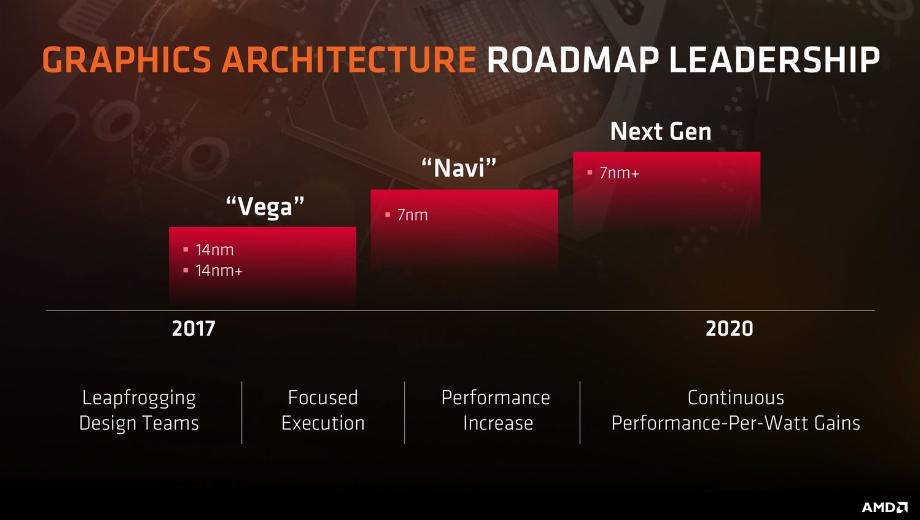
Some details have emerged from the recent Games Developer and Graphics Technology conferences in California about what we can expect from AMD’s next-generation Navi graphics cards. Although they haven’t been confirmed in any official capacity — so keep your scepticism caps handy — it has been suggested that AMD could add support for ray tracing in its second-Navi release, known as Navi 2020, which is expected to debut in 2020.
AMD’s Navi GPUs have long been anticipated as they will represent the first new-generation architecture AMD has released since 2017’s Vega launch. Even more exciting though, is that the first Navi 10 graphics cards aren’t expected to replace Vega directly, but the Polaris RX 500 series, which were released earlier that year. Polaris, however, was a refresh of the RX 400 series, which was in turn a refresh of the RX 300-series which released back in 2015.
Navi will still be based on AMD’s long-in-the-tooth Graphics Core Next architecture, but we’re told that there will be some major architectural changes to the classic formula, potentially opening up a lot of performance enhancements for the new-gen GPUs. Ray tracing doesn’t do much to enhance performance, but it could be a nice addition of developers start to support the technology on mass.
As PCGamesN reports, these changes are unlikely to be too dramatic, since a fully new architecture isn’t expect to make its appearance until 2021, with AMD’s codenamed Acturus design. That will be the first entirely new GPU design since GCN debuted in 2011 with the 7000-series.
Still, Navi should be exciting. Early rumors suggested we could expect RTX 2070-like performance at a $250 price point. That seems unlikely, but if it’s even close, could be a winner of a new-generation of cards. Expect them to begin showing up sometime in July.





![Monster Hunter Wilds v1.0-v20251216+ (+61 Trainer) [FLiNG]](https://9588947a.delivery.rocketcdn.me/wp-content/uploads/2025/03/monster-hunter-wilds-1-464x276.jpg)

![Lost Soul Aside v1.0-v20251121+ (+39 Trainer) [FLiNG]](https://9588947a.delivery.rocketcdn.me/wp-content/uploads/2025/09/Lost-Soul-Aside-02-464x276.jpg)


